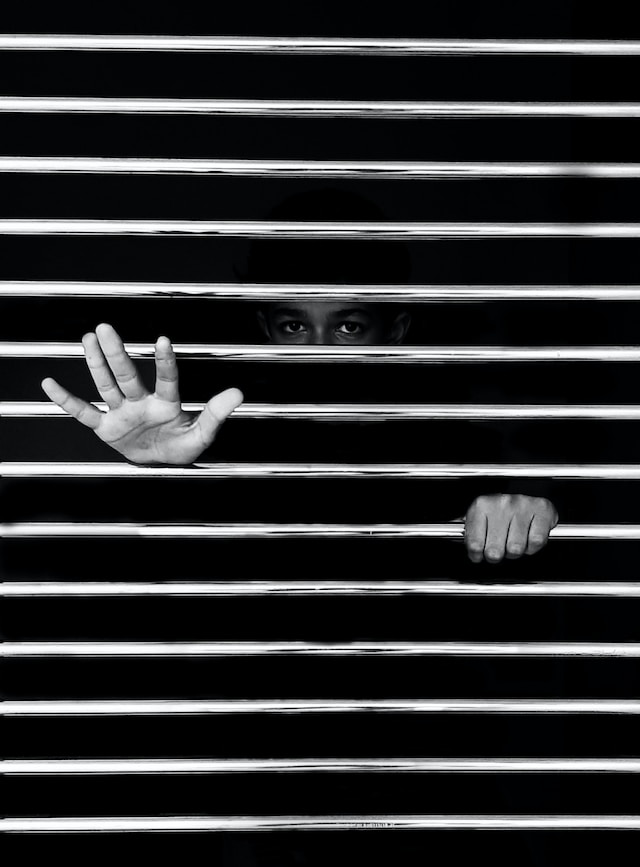Introduction:
Within the labyrinth of the criminal justice system, a hidden and often ignored group of victims emerges—women. In this documentary, “Invisible Victims: How Women are Mistreated in the Criminal Justice System,” we shine a spotlight on the experiences of women who navigate a system that fails to address their unique needs. Through personal stories, expert analysis, and a call for change, we aim to bring attention to the mistreatment and discrimination faced by women within the criminal justice system.
Chapter 1: Gender Bias in Law Enforcement
This chapter explores the gender bias that permeates law enforcement agencies. We delve into instances of profiling, differential treatment, and the disparities in arrest and sentencing outcomes for women. By examining the systemic biases that exist, we seek to illuminate the ways in which women are unjustly targeted and mistreated within the criminal justice system.
Chapter 2: The Challenges of Pretrial Detention
Pretrial detention poses specific challenges for women. In this chapter, we investigate the conditions faced by women awaiting trial, including inadequate healthcare, lack of access to feminine hygiene products, and the separation from their families and support systems. We delve into the impact of these challenges on their mental health and overall well-being.
Chapter 3: The Trials and Tribulations of Incarcerated Women
The experiences of incarcerated women are riddled with unique hardships. This chapter delves into the struggles faced by women behind bars, such as limited access to education and job training, sexual abuse, inadequate healthcare, and the separation from their children. By shedding light on these injustices, we aim to challenge the system and advocate for reform.
Chapter 4: Motherhood and the Criminal Justice System
Motherhood takes on a distinct dimension within the criminal justice system. In this chapter, we explore the heartbreaking realities faced by incarcerated mothers, including the loss of custody, limited visitation rights, and the challenges of maintaining familial bonds. We address the detrimental effects of separating mothers from their children and the urgent need for more compassionate policies.
Chapter 5: Rehabilitation and Reentry
Successful rehabilitation and reentry into society are crucial for incarcerated women. This chapter focuses on the obstacles faced by women upon release, including limited job prospects, stigma, and lack of support systems. We highlight the importance of gender-responsive programming, mental health support, and comprehensive reintegration initiatives.
Chapter 6: Empowering Voices and Demanding Change
In the final chapter, we amplify the voices of women who have been impacted by the criminal justice system. Through their stories and advocacy efforts, we inspire viewers to take action. We call for systemic changes, including trauma-informed approaches, alternatives to incarceration, and policies that address the specific needs of women within the criminal justice system.
Conclusion:
“Invisible Victims: How Women are Mistreated in the Criminal Justice System” sheds light on the mistreatment and discrimination experienced by women within the system. By exposing gender bias, addressing the challenges of pretrial detention and incarceration, highlighting the impact on motherhood, and advocating for rehabilitation and reentry, we strive to create awareness and foster change. It is imperative that we recognize and rectify the mistreatment of women within the criminal justice system, working towards a system that upholds their rights, promotes rehabilitation, and offers opportunities for a meaningful second chance.




